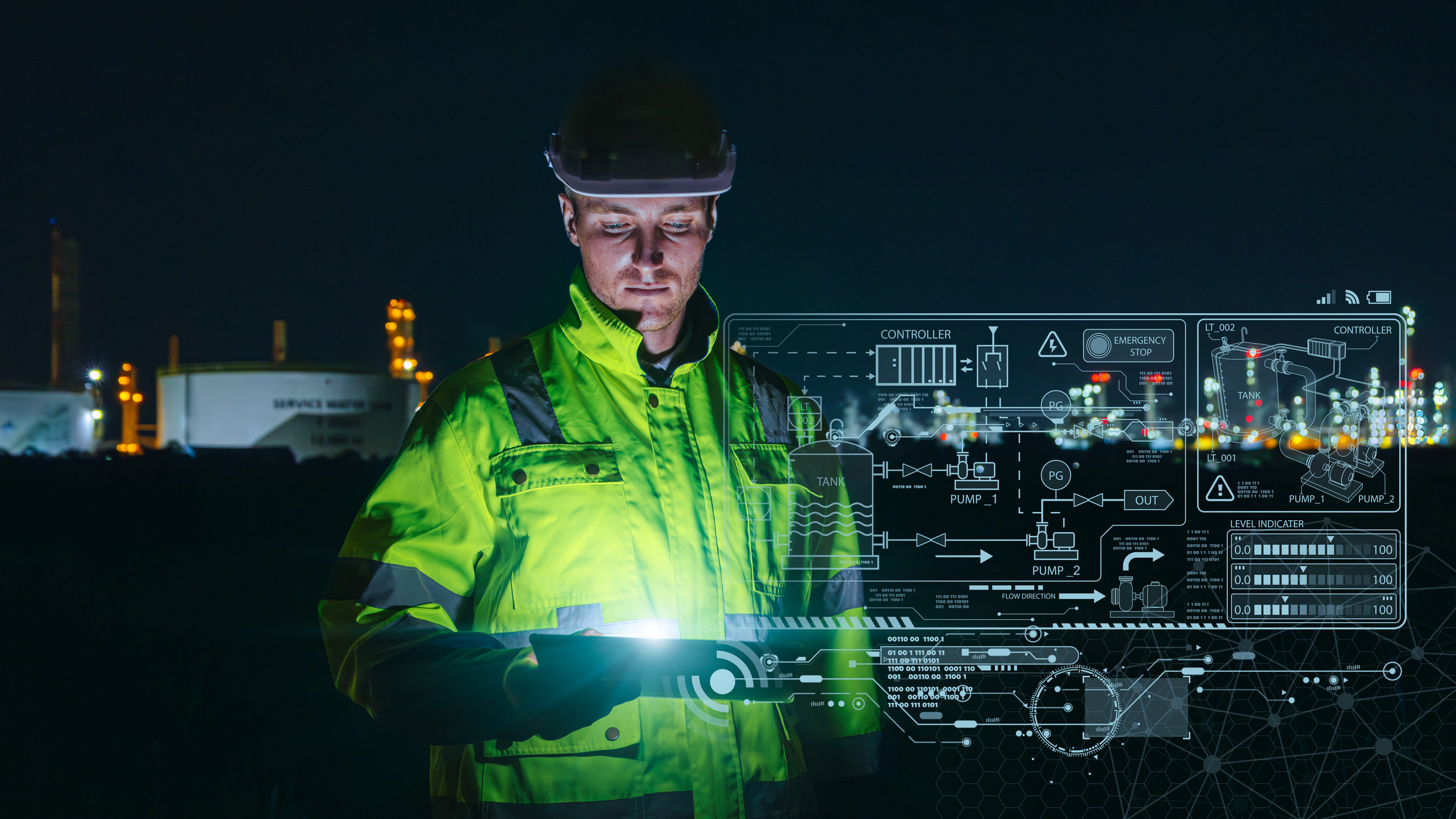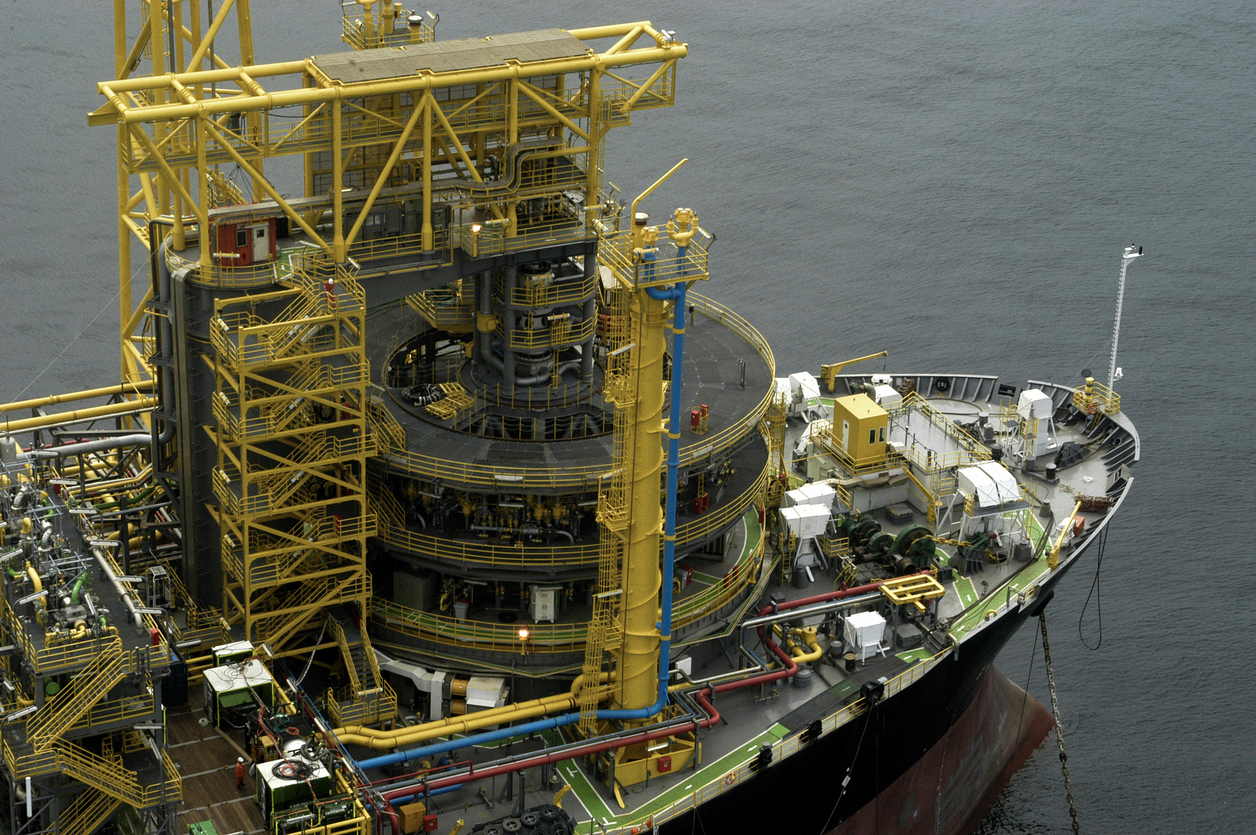Oil exploration is an indispensable stage in the search for new reservoirs and makes a significant contribution to the global economy. As well as providing countries with energy security, this resource also drives economic development and job creation.
Geologists play a key role at this stage, applying advanced techniques and imaging technology to map geological formations. Their work is crucial to predicting the presence of oil and ensuring successful exploration.
But do you know how oil is located and explored before it is converted into different derivatives? In the following topics, we'll explore how each of these phases is conducted, from prospecting to extraction.
Initial geological studies
The first step in oil exploration involves a detailed study of rock formations. Geologists analyze the soil and subsoil to identify sedimentary basins that could hold oil-rich reservoir rocks. This process is fundamental, as it allows us to assess the likelihood of success before investing in drilling.
To carry out this analysis, geologists use a variety of sophisticated equipment, such as gravimeters and magnetometers. These instruments help detect variations in gravity and the magnetic field, respectively, which can indicate the presence of oil. In addition, sniffers are used to identify hydrocarbons in the air, signaling the possible existence of oil below the surface.
Complementing the study of rock formations, geological maps are used to identify promising areas. These maps provide a visual representation of geological structures, allowing geologists to locate potential oil reservoirs. They help to understand the distribution of rock layers and identify geological faults.
Seismic prospecting
Seismic prospecting is an essential technique in oil exploration, making it possible to map the subsoil accurately. This process involves sending shock waves through the ground, which are created by equipment called seismologists. These waves are generated by compressed air cannons or detonations with explosive charges, propagating through the layers of rock.
When these seismic waves encounter rock formations that may contain oil, they are reflected back to the surface. Hydrophones, sensitive devices, capture these reflected waves, allowing the data to be collected and analyzed in detail. Analyzing this information helps to create three-dimensional maps of the subsoil, revealing hidden geological patterns and structures.
The data collected during seismic prospecting is transformed into images that show the different geological layers. This visualization is essential for identifying potential oil reservoirs and assessing the feasibility of future drilling. In addition, the accuracy of these images helps to minimize risks and costs, guiding strategic decisions in the exploration process.
Thus, seismic prospecting identifies possible drilling sites and provides valuable information about the underground geology, making it one of the most important steps in the search for new oil resources, and can last between three and eight years.
Exploratory drilling
Exploratory drilling is an essential step in oil exploration, as this is when the presence of deposits is confirmed. After the prospecting phase, when potential drilling sites are identified, the drilling process begins. The main objective is to verify the economic viability of extracting the oil found.
The process begins with marking the deposits using GPS coordinates and marker buoys on the seawater. If the process is carried out on land, the ground is drilled to create a first well. Drilling can reach depths of between 800 and 6,000 meters. Derricks are usually equipped with industrial diamond bits or sets of interlocking bits with steel teeth.
During drilling, a special mud is used to cool the bits, lubricate the system and bring rocks to the surface for analysis. This requires the use of a mud pump and a mud tank.
The challenges faced at this stage include the need for specialized equipment and the complexity of operations in marine environments. Offshore extraction requires cutting-edge technology, which makes it a complex and costly operation. These obstacles need to be overcome to ensure that exploration is not only possible, but also profitable.
Analysis of drilling results
After exploratory drilling, attention turns to interpreting the data collected. This is a crucial moment in oil exploration, as it determines the future of the project. The data obtained during drilling includes information on the composition of the rocks, fluid pressure and, above all, the presence of hydrocarbons.
Geologists and engineers thoroughly analyze rock samples and drilling logs. The aim is to identify whether the geological formation contains oil in commercially viable quantities. Advanced techniques, such as electrical profiling analysis and formation testing, are used to obtain a clear picture of the reservoir.
With the data in hand, the team must make a critical decision: continue or abandon the project. If the results indicate a significant amount of oil, the project can proceed to the extraction phase. If not, it may be decided to abandon the well. This decision is based on the amount of oil, operating costs and market prices for oil.
Production
This process involves the installation of essential infrastructure to extract and transport the oil efficiently. Drilling platforms are adapted to become production platforms, and piping systems and pumps are installed to ensure the continuous flow of hydrocarbons to the surface.
In addition to platforms, other key equipment includes processing units that separate oil from gas and water. Pipelines are often built to transport the crude oil for refining or storage. Well-structured long-term planning and strict coordination are required to ensure that everything runs smoothly.
Oil companies must prepare for a production scenario that could last decades. This involves continuous monitoring of reservoirs and regular maintenance of facilities. Success at this stage requires a well-defined strategy that promotes efficient production and brings lasting economic benefits.
Extraction
When oil is found on earth, it is usually above salt water and under a high-pressure gas layer. Therefore, when the well is drilled, the oil may spontaneously gush to the surface due to the pressure of the gas.
If the pressure drops, equipment must be used to pump the oil to the surface. One of the most commonly used is the “wooden horse”.
However, it can happen that the oil is very dense and it is necessary to inject heated water vapor under pressure through a second well dug in the reservoir, because the heat reduces the viscosity of the oil, so that the pressure helps to push it up the well.
If this happens at sea, extraction can be more difficult. In this case, it is done using special drilling and extraction equipment through pumps on platforms and drill ships. There are several types of offshore oil exploration platforms, the main ones being the fixed platform, the jack-up platform, the semi-submersible platform, and the drillship.
Monitoramento Inteligente
To keep the production and extraction stages efficient and safe, monitoring operations becomes a constant necessity. The use of monitoring technologies, such as Intelligent Video Analytics (IVA), allows continuous supervision of facilities and equipment to increase occupational, property, and environmental safety.
Used in various sectors, IVA is an intelligent video analysis tool designed to identify patterns and detect anomalies in captured images. This technology provides immediate alerts about imminent risks and optimizes response to emergency situations. Additionally, IVA allows for data collection which, when analyzed, provides insights for more precise management and informed decision-making.
Therefore, with the integration of technologies such as IVA into monitoring, oil exploration becomes safer and more efficient.
Conclusion
Oil exploration is a process that begins with geological research, proceeds through well drilling, and culminates in field development. Each stage plays a key role in the efficient identification and extraction of resources.
Throughout the various stages, collaboration between geologists, engineers, and other professionals is fundamental for the success of exploration, contributing not only to energy security but also to global economic development.
Technological advancements and constant improvement of processes keep oil exploration evolving. This ongoing progress is essential to meet the growing demand for energy, ensuring the continued supply of essential resources.
About ALTAVE
ALTAVE is a Brazilian company, accredited as a Strategic Defense Company (EED), with patented technology in Brazil and abroad. The company has obtained CE marking, indicating the approval of its product quality to be marketed throughout the European Union.
ALTAVE has been offering solutions in intelligent monitoring for over 10 years for the Oil and Gas, Energy, Mining, Agribusiness and other sectors.
Let's have a chat?
Contact us to learn more about how our solution can help your company!





